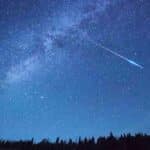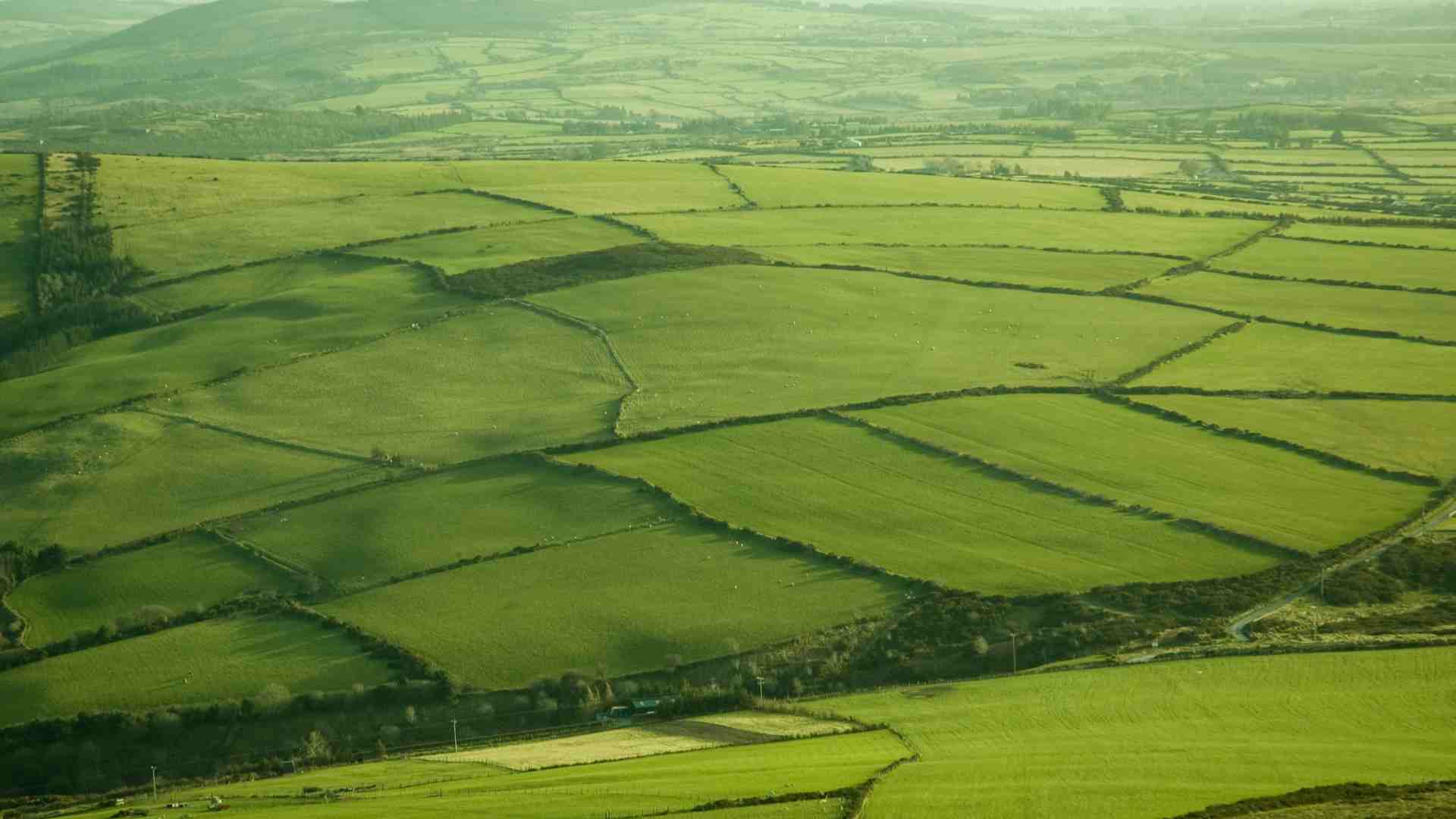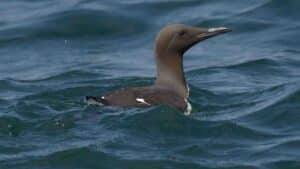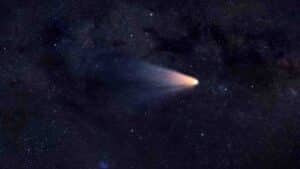
Irish tombs may have been neolithic solar observatories

Research from the University of Galway reveals that the Brú na Bóinne passage tombs, including Newgrange, Knowth, and Dowth, likely functioned as sophisticated solar observatories over 5,000 years ago.
The World Heritage Site monuments, built around 3,200 BC, were aligned with solar events—Newgrange to the winter and summer solstices, Knowth to a perceived autumnal equinox, and Dowth to the winter solstice sunset—forming a complex Neolithic “cosmic calendar” for rituals and gatherings.
Joe Fenwick, Archaeological Field Officer at the University of Galway, analysed the megalithic art on Newgrange’s entrance stone and Kerbstone 52, which mark the tomb’s solstice alignments.
His findings suggest the carvings, particularly spirals, are not merely decorative but symbolically represent the solar cycle.
A central vertical line on the entrance stone aligns with the winter solstice, while clockwise inward spirals to the left depict the shortening days toward winter, and outward spirals to the right symbolize lengthening days toward summer.
Fenwick noted, “Newgrange’s spiral carvings mark both solstices, suggesting annual gatherings for these events. The artwork is an abstract representation of the solar cycle, centered on the winter solstice, redefining Newgrange as both a solar observatory and a ritual cathedral.”
The insights are detailed in Fenwick’s chapter, “Unravelling the Spiral: Passage Tomb Alignment, Related Kerbstone Art, and Cycles of Monumental Construction at Brú na Bóinne,” in the book People, Prehistory, and the Past: Essays in Honour of John Waddell (Four Courts Press, 2025).
Edited by Michelle Comber and Kieran O’Conor, the book honors Professor John Waddell, Emeritus Professor of Archaeology at University of Galway, and includes diverse archaeological research.
It was launched at Claregalway Castle and presented to President Michael D. Higgins at Áras an Uachtaráin.
The Brú na Bóinne Research Project is part of an on-going collaborative research initiative designed specifically to address the nature and function of selected monuments within the broader landscape of the Brú na Bóinne UNESCO World Heritage Site through the exclusive use of non-invasive survey techniques.
Share this WeathÉire story:





















